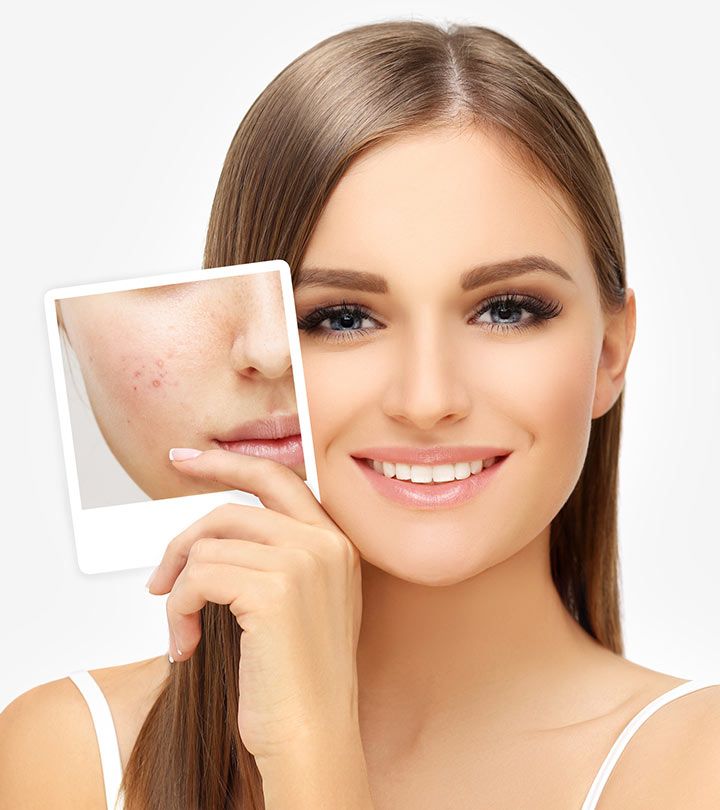Acne is a common skin condition that affects millions of individuals worldwide, ranging from teenagers to adults. While multiple factors contribute to its onset, hormones play a central role in the development and exacerbation of acne. Understanding the hormonal influence on acne can help in devising effective treatment strategies tailored to individual needs. In this article, we will explore the intricate relationship between hormones and acne, delving into the causes, hormonal triggers, and potential treatments.
Understanding Acne: A Brief Overview
Acne occurs when hair follicles become clogged with oil (sebum) and dead skin cells. This blockage creates an environment conducive to the growth of Propionibacterium acnes bacteria, leading to inflammation and the characteristic pimples, blackheads, and cysts.
While genetics, diet, and skincare routines are contributing factors, the hormonal aspect is often the most significant. Hormones influence sebum production, skin cell turnover, and inflammation, all of which are critical in the acne formation process.
The Role of Hormones in Acne Formation
Hormones are chemical messengers that regulate various bodily functions. In the context of acne, several hormones are particularly influential:
1. Androgens: The Primary Culprits
Androgens, a group of hormones that includes testosterone, are the main drivers of acne. They are present in both males and females, although levels are generally higher in males. During puberty, androgen levels surge, leading to:
- Increased Sebum Production: Androgens stimulate the sebaceous glands in the skin, causing them to produce more oil. Excess sebum can clog pores, setting the stage for acne development.
- Hyperkeratinization: This refers to the overproduction of skin cells, which can combine with sebum to block hair follicles.
2. Estrogen: A Balancing Hormone
In women, estrogen acts as a counterbalance to androgens. Higher levels of estrogen can help reduce sebum production and inflammation, leading to clearer skin. This is why some women experience fewer acne breakouts during certain phases of their menstrual cycle when estrogen levels peak.
3. Progesterone: A Double-Edged Sword
Progesterone, another hormone that fluctuates during the menstrual cycle, can have both positive and negative effects on acne. While it may help reduce inflammation, high levels can also lead to increased sebum production and water retention, potentially worsening acne.
4. Cortisol: The Stress Hormone
Cortisol, commonly known as the stress hormone, plays a significant role in stress-induced acne. High stress levels can lead to elevated cortisol production, which in turn stimulates the sebaceous glands and exacerbates inflammation.
5. Insulin and Insulin-Like Growth Factor-1 (IGF-1)
Insulin and IGF-1 are linked to increased sebum production and inflammation. High levels of these hormones, often associated with diets rich in refined carbohydrates and sugars, can worsen acne symptoms.
Hormonal Acne: Signs and Symptoms
Hormonal acne typically presents as deep, cystic lesions and is often concentrated in the lower face region, including the jawline, chin, and neck. Common signs of hormonal acne include:
- Cyclical Flare-Ups: Breakouts that coincide with menstrual cycles in women.
- Inflammatory Lesions: Red, swollen pimples or cysts.
- Persistent Acne in Adults: Hormonal acne can persist well into adulthood, particularly in women.
Hormones and Life Stages: How Acne Evolves
Hormonal fluctuations occur at various life stages, influencing acne development differently:
1. Puberty
During puberty, the surge in androgen levels leads to increased sebum production, making teenagers particularly susceptible to acne. This is the most common life stage for acne development.
2. Menstrual Cycle
Many women experience premenstrual acne flare-ups due to the hormonal shifts that occur in the luteal phase of the cycle, where progesterone levels rise.
3. Pregnancy
Hormonal changes during pregnancy can either improve or worsen acne. Some women experience clearer skin, while others see an increase in breakouts, particularly in the first and second trimesters.
4. Menopause
As estrogen levels decline during menopause, some women may experience a resurgence of acne, especially if androgen levels remain relatively high.
Treating Hormonal Acne
Addressing hormonal acne often requires a multifaceted approach, combining skincare routines with medical interventions to regulate hormonal levels.
1. Topical Treatments
- Retinoids: Help unclog pores and reduce inflammation.
- Benzoyl Peroxide: Kills acne-causing bacteria and reduces inflammation.
- Salicylic Acid: Exfoliates the skin and clears blocked pores.
2. Oral Medications
- Oral Contraceptives: Birth control pills containing estrogen and progestin can regulate hormonal fluctuations and reduce androgen levels, making them effective for many women with hormonal acne.
- Spironolactone: An anti-androgen medication that reduces sebum production by blocking androgen receptors.
- Isotretinoin (Accutane): A powerful treatment for severe, persistent acne. It reduces sebum production, shrinks sebaceous glands, and prevents pore clogging.
3. Lifestyle Modifications
- Dietary Changes: Reducing the intake of high-glycemic foods and dairy may help lower insulin and IGF-1 levels.
- Stress Management: Practices like meditation, yoga, and regular exercise can help reduce cortisol levels.
- Skincare Routine: Using non-comedogenic products and maintaining a consistent skincare regimen are essential.
4. Professional Esthetic Treatments
For those seeking more advanced solutions, esthetic treatments offered by professionals like Estheticsbymonica can complement medical treatments. These may include chemical peels, laser therapy, and specialized facials designed to target acne-prone skin.
The Role of “Estheticsbymonica” in Acne Management
Estheticsbymonica provides expert skincare solutions tailored to individual needs, including those struggling with hormonal acne. By combining cutting-edge technology with personalized care, this service helps clients achieve healthier, clearer skin. From advanced facials to customized skincare plans, Estheticsbymonica addresses acne at its root, promoting long-term skin health.
Conclusion
Hormones play a crucial role in the development and progression of acne. Understanding these hormonal influences can empower individuals to make informed decisions about their skincare and treatment options. Whether through medical interventions, lifestyle changes, or professional esthetic services like Estheticsbymonica, managing hormonal acne is possible. By adopting a comprehensive approach, individuals can achieve clearer, healthier skin and improve their overall quality of life.


